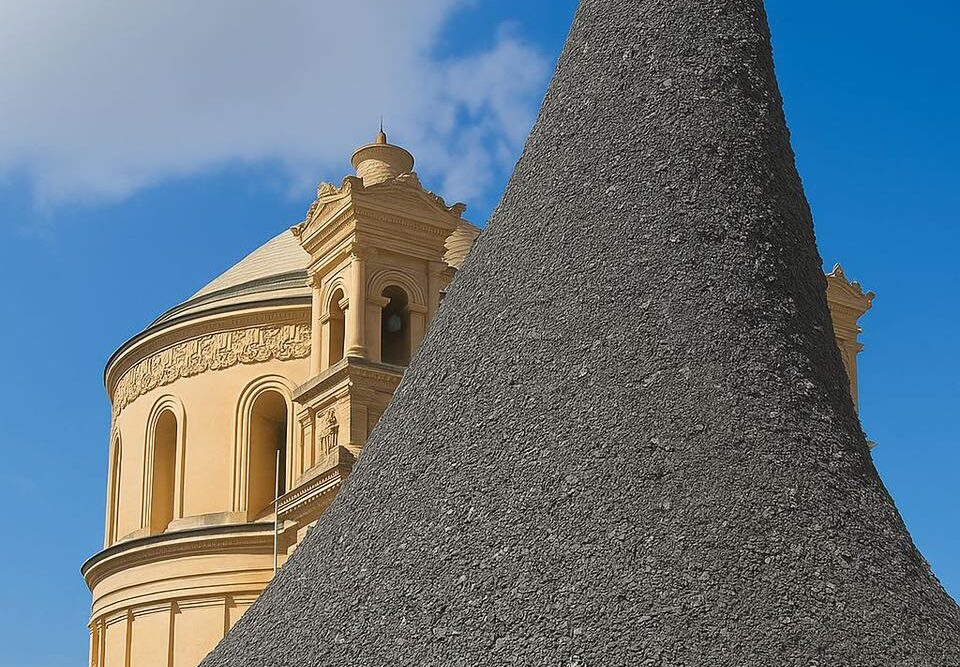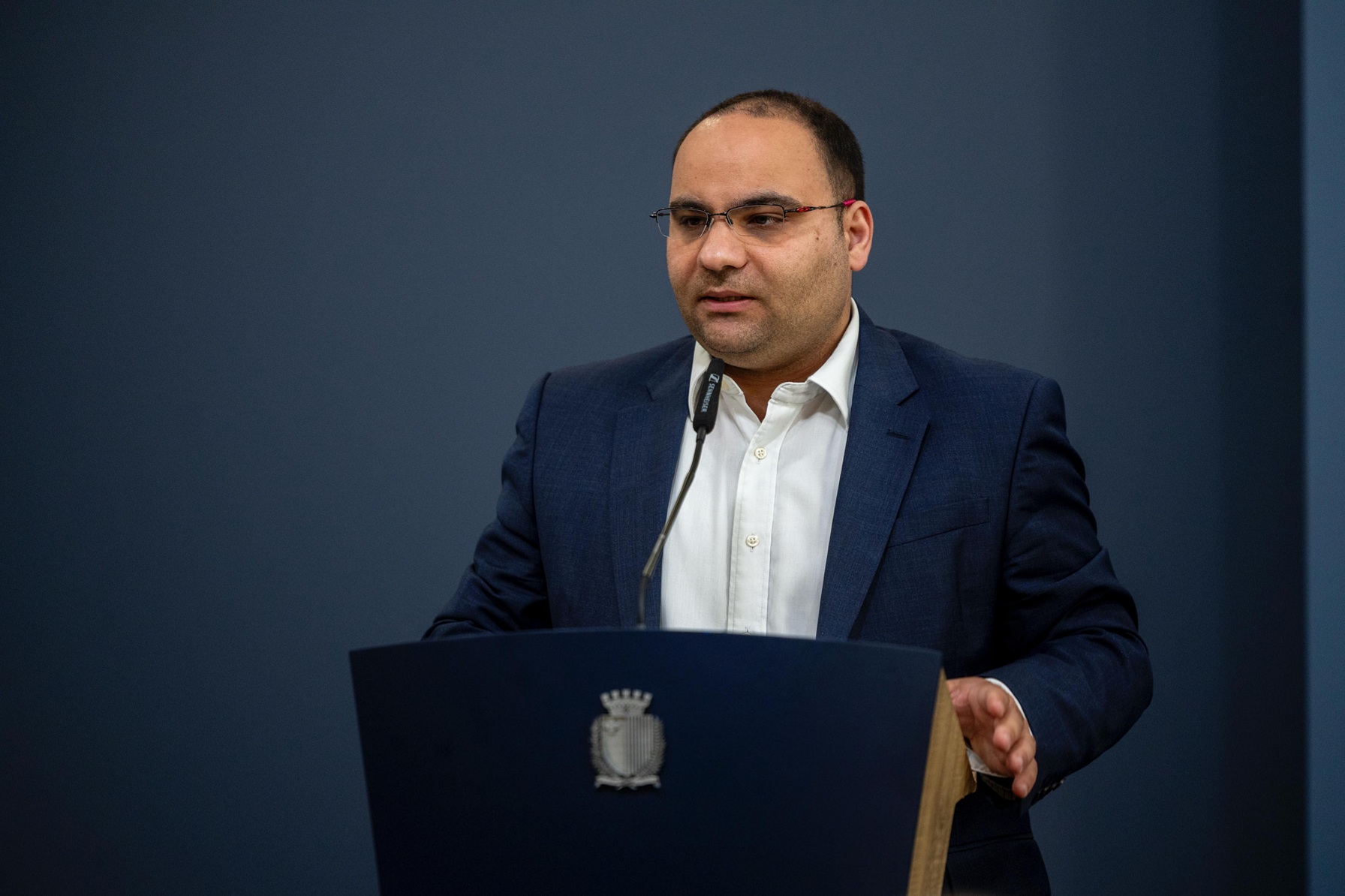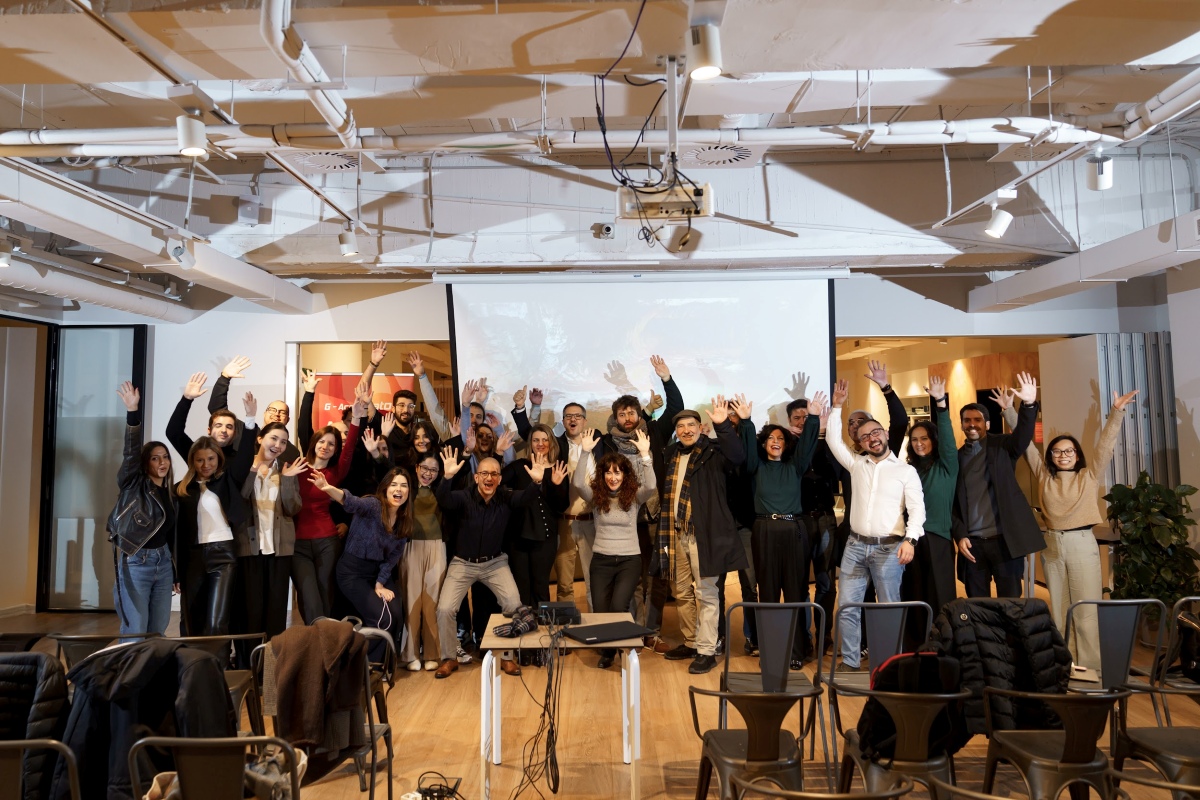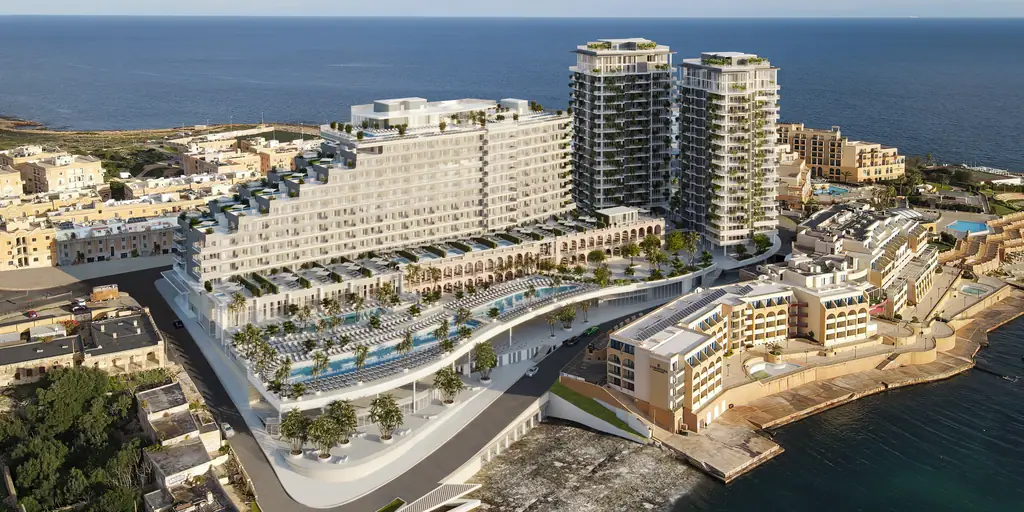Magħtab’s planned waste-to-energy facility is expected to produce thousands of tonnes of ash each year – an amount that one Member of the European Parliament (MEP) has compared to a mountain taller than the Mosta Rotunda.
“27,000 tonnes of poisonous waste every year. A mountain higher than the Mosta Rotunda – every year,” MEP Peter Agius wrote in a recent Facebook post, criticising the environmental impact of Malta’s upcoming thermal treatment facility. “Meanwhile, all around Europe they are discouraging incinerators and encouraging recycling,” he added.
In response to a parliamentary question raised earlier this month, Environment Minister Miriam Dalli stated that the plant is expected to generate 22.7 kilotonnes of bottom ash and 3.4 kilotonnes of fly ash annually.
Fly ash, which can contain highly hazardous compounds, will need to be exported abroad for treatment and disposal. As for the bottom ash, Minister Dalli said that laboratory tests will determine whether it can be repurposed, exported, or disposed of locally.
The facility will handle a wide array of waste types including clinical waste, pharmaceuticals, sewage, abattoir by-products, fallen animals, expired food, municipal solid waste, chemical and oil waste, and other hazardous materials.
Currently, Malta’s hazardous waste is treated at the existing plant in Marsa, which processes between 5,000 and 6,000 tonnes per year – delivered by around 130 to 150 vehicles daily. This figure is expected to rise to more than 10,000 tonnes annually by 2045, according to official projections.
GBSB Global brings its flagship G-Accelerator programme to Malta
Focused on entrepreneurship and innovation, the programme supports startups with expert mentorship, training, and global opportunities
Malta’s public transport use increases as occasional riders go regular
57% of residents used a bus at least once in the last 12 months
db Group seeks approval to add seven floors to St George’s Bay development
Proposal would add 82 residential units to already-approved towers






